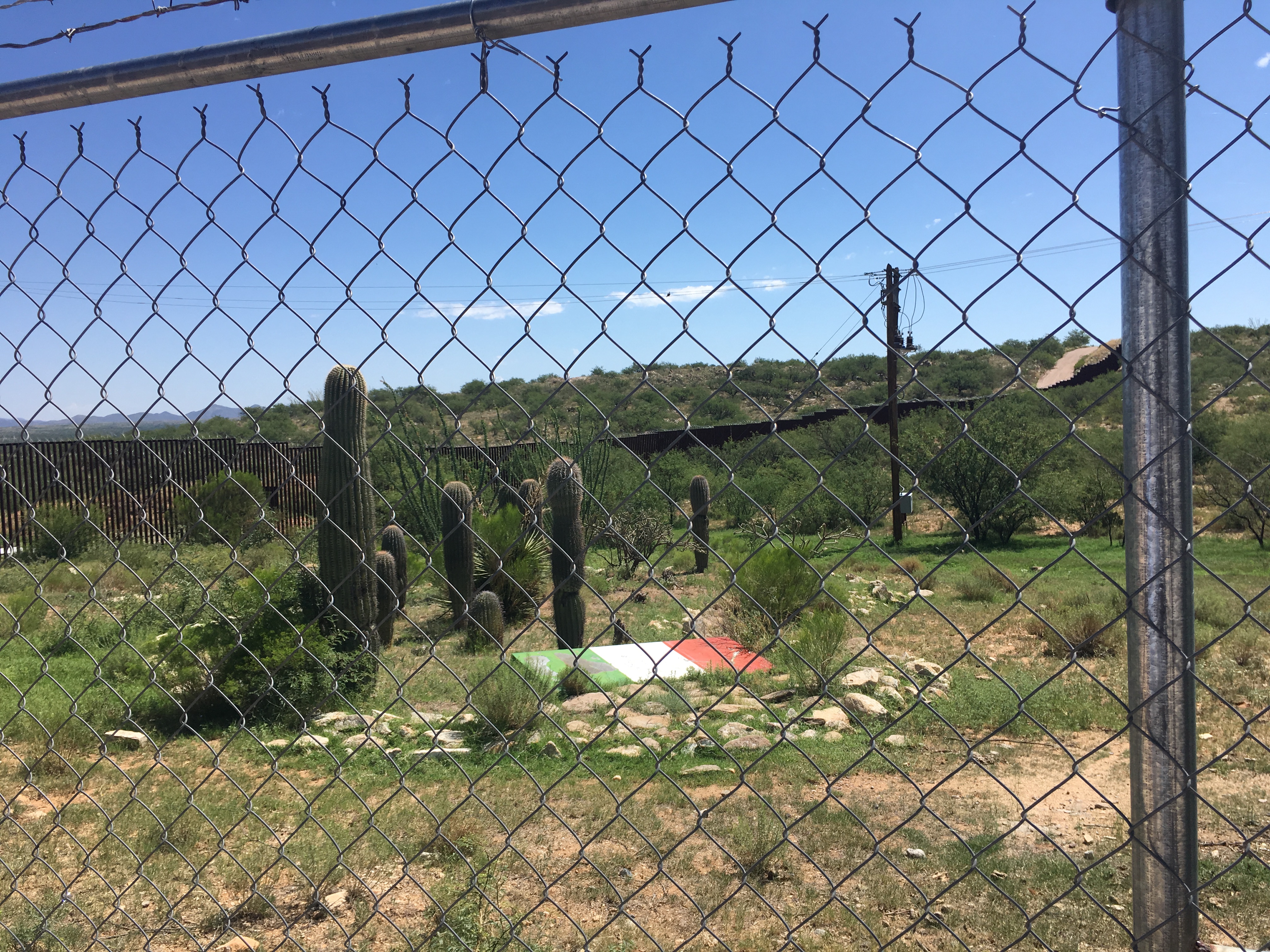Heat, Death and Crowded Courtrooms: Here’s What I Saw Volunteering at the U.S.-Mexico Border
Since 1994, 7,000 deaths have occurred at the U.S.-Mexico border, leading humanitarian volunteers and vigilante militias to flock there. Here’s what Detroit Today’s Annamarie Sysling saw on a recent trip.
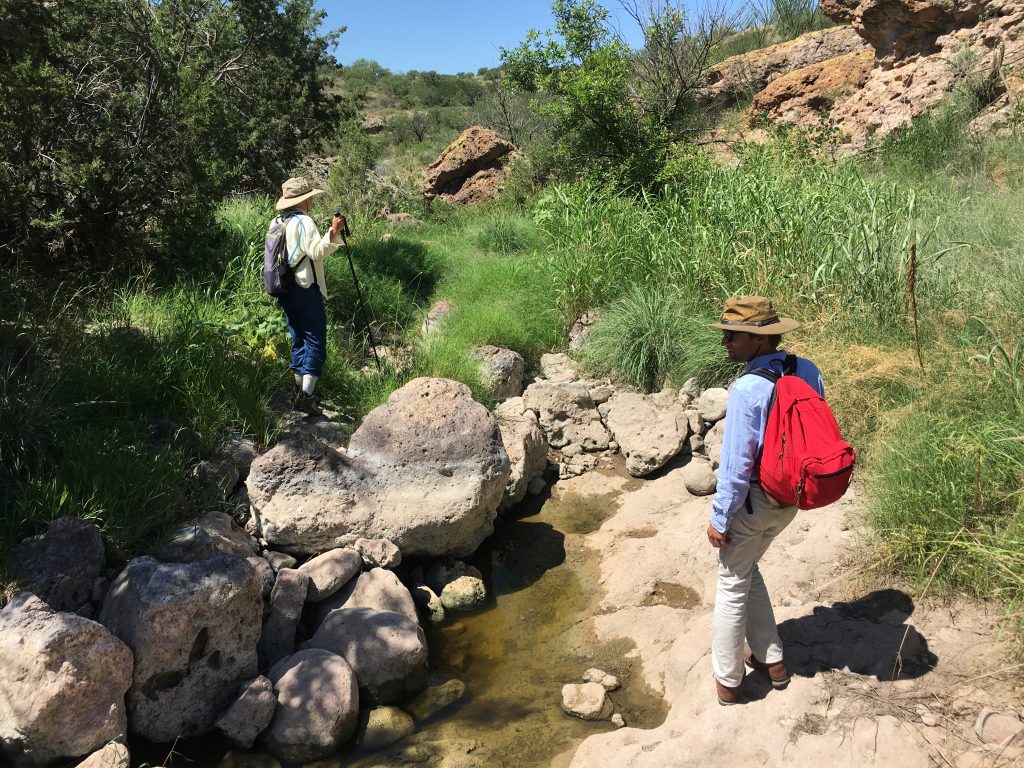
Detroit Today producer Annamarie Sysling volunteered at the U.S.-Mexico border with Tucson Samaritans, a humanitarian organization that documents what is happening and teaches volunteers about the trek many migrants take. Here’s her account of what she saw, as told on Detroit Today with host Stephen Henderson.
Click on the player above to hear Annamarie Sysling discuss the conditions migrants face on the Southern border.
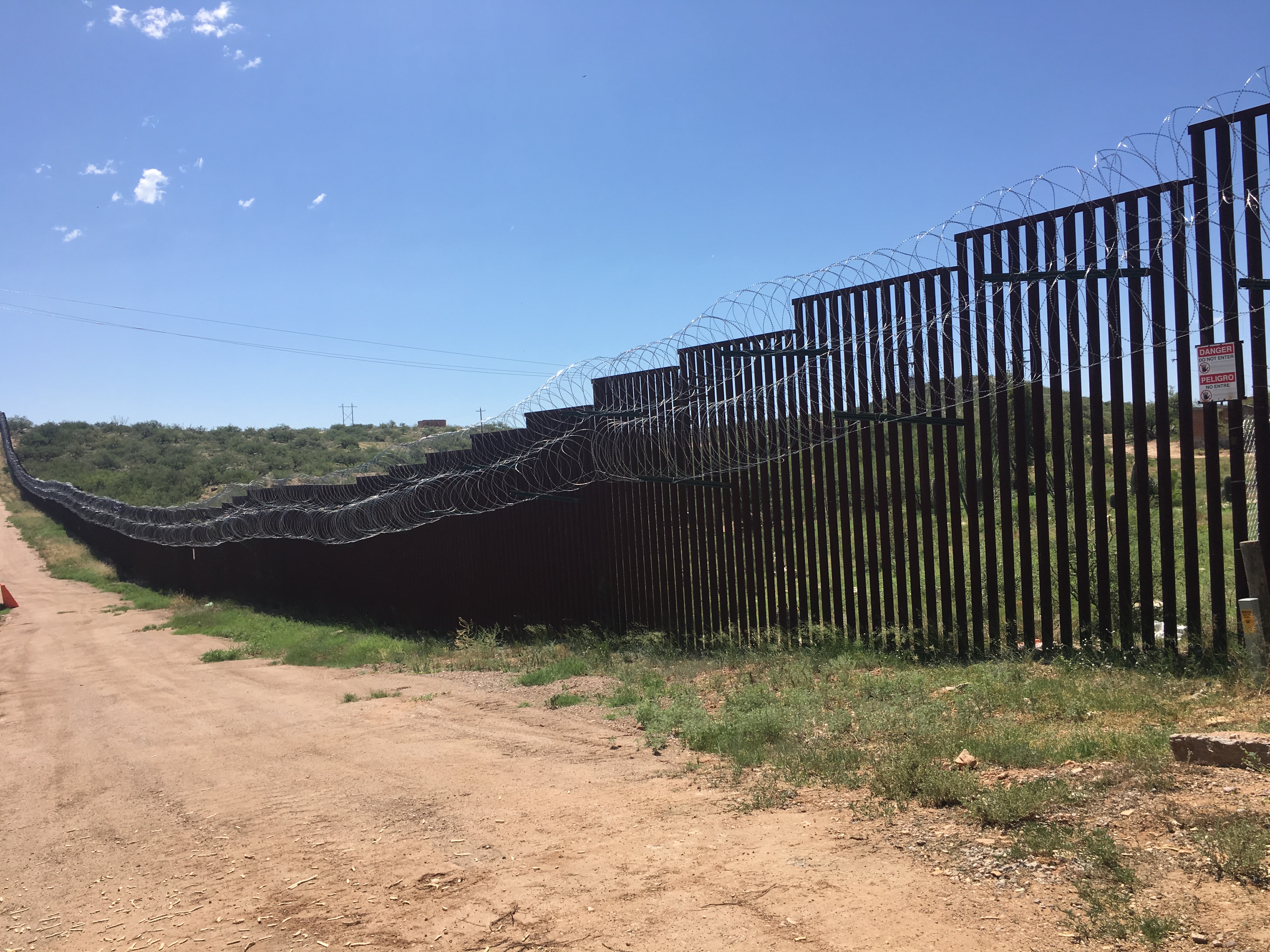
In June, a photo of a Salvadoran father and his 23-month-old daughter that had drowned in the Rio Grande attempting to cross into the United States went viral and became a symbol of the Trump administration’s approach to border control. But this situation isn’t the creation of one administration. Since 1994, 7,000 deaths have happened at the U.S.-Mexico border.
Motivated to help, I traveled to the Southern border to join a humanitarian mission and better understand the conditions migrants face.
While we did not come into contact with any migrants, we did come across camouflage clothing in really small sizes that would fit a four or five-year-old and slippers sometimes sold by cartels in towns along the border that migrants use to help cover their tracks and evade detection.
It’s strange and jarring to see these people wearing regular clothes but you can hear their shackles clanging as they walk through the courtroom.
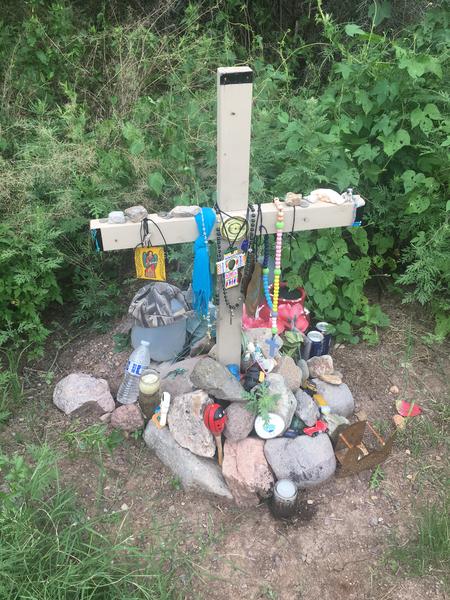
We spent a lot of time in the Sonoran desert — really treacherous terrain that migrants have to endure. It’s around 115-degrees during the day and you’re hiding and trying to get shelter and shade and then making your trek at night. Sometimes these people are going around in circles for days. Even when being led by coyotes, it’s easy to get confused out there with no clear trails.
We came by shrines where young children, one of whom was a 14-year-old girl, had passed away. It’s believed that she became sick and her group left her to die.
Right now, the policy that governs immigration law is called “Prevention Through Deterrence,” and it was originally started by the Clinton administration but the current administration’s zero-tolerance approach has made it a lot more severe.
One of the days, I was able to witness court proceedings for migrants under Operation Streamline, a program that started in 2005 that moves nearly all the undocumented cases from the civil immigration system to the federal criminal justice system. Under the Trump administration, penalties for migrants caught crossing without documentation have been more severe.
In the courtroom, I saw regular people wearing regular clothes, but they are shackled. Some wear headphones where translators tell them was is happening during the proceeding, though in one case I saw an elderly man who clearly did not understand what was going on. It’s strange and jarring to see these people wearing regular clothes but you can hear their shackles clanging as they walk through the courtroom.
There’s a vigilante militia presence that are installing cameras in trees, slashing water jugs and shooting up big water barrels.
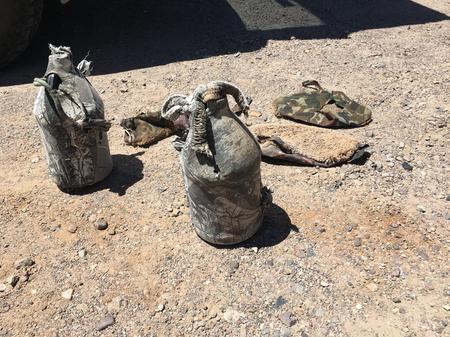
It’s between 70 to 100 people at a time and it’s a very choreographed court proceeding where these people are asked a couple questions, pleading guilty, and being deported back or, potentially, getting asylum. Sometimes they’re being sent to the wrong town, stripped of any money that they have, and in some cases facing up to 105 days in prison — part of the strategy used by the deterrence program.
The volunteer community down there is very robust. These are people who are dedicated to coming up with a realistic and humane border policy. In many instances, they have a working relationship with Border Patrol. They think that they can extract more information and get more done by having a positive relationship with law enforcement.
But there’s certain things that are out of the control of everyone. There’s a vigilante militia presence that involves people taking the border into their own hands, installing cameras in trees, slashing water jugs and shooting up big water barrels that would otherwise be an important source of hydration for migrants as they’re crossing.
So in some ways while it seems there’s some constructive work going on between the volunteers and border patrol, there are some groups that have a more hostile relationship and other people that are not even paying attention to the law and doing whatever they want.
